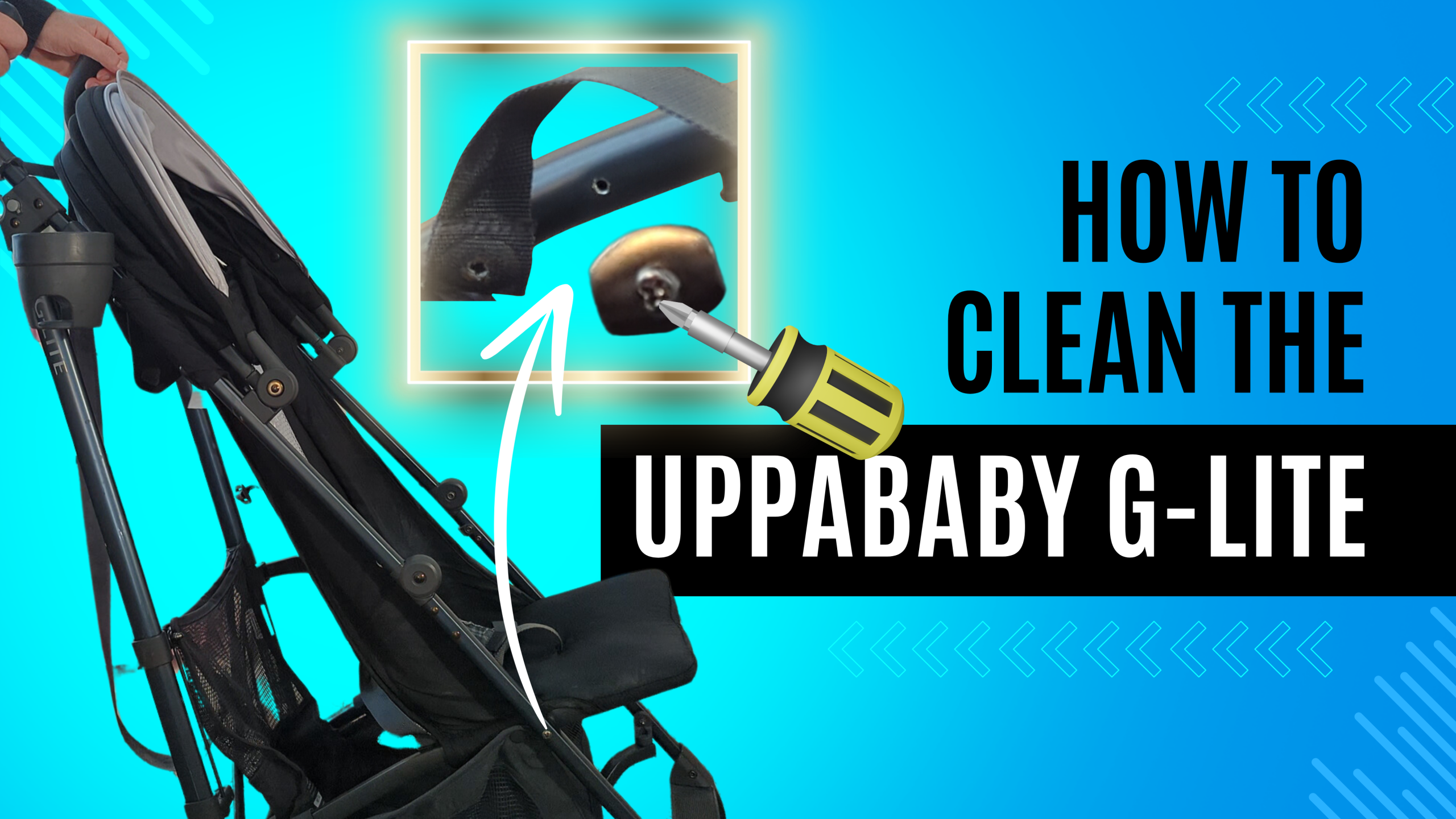Maintaining proper hygiene for your orthodontic devices, such as Invisalign, bite guards, night guards, and mouth guards, is essential for both oral health and the longevity of these products. This comprehensive guide will provide effective cleaning methods, including DIY solutions, to ensure your devices remain fresh, functional, and free of harmful bacteria.
Why Cleaning is Essential
Cleaning your orthodontic devices is crucial for several reasons:
Preventing Bacteria Buildup
Orthodontic devices are perfect breeding grounds for bacteria if not cleaned regularly. The warm, moist environment can harbor harmful microorganisms that can lead to bad breath, gum disease, and other oral health issues. Regular cleaning helps eliminate these bacteria.
Maintaining Effectiveness
Dirty devices can interfere with their intended function. For example, Invisalign aligners that aren’t cleaned properly may not fit correctly due to buildup, potentially slowing down your treatment progress. Keeping your devices clean ensures they work effectively.
Promoting Freshness
A clean device contributes to overall oral freshness. Nobody wants to deal with unpleasant odors or tastes associated with unclean devices. Regular cleaning helps maintain that fresh feeling and boosts your confidence.
General Cleaning Methods for Oral Devices
Daily Cleaning Routine
- Rinsing After Use:
- After removing your device, rinse it under lukewarm water to wash away saliva and food particles. This simple step helps prevent bacteria growth.
- Gentle Brushing:
- Use a soft-bristled toothbrush and mild soap or a non-abrasive toothpaste to gently brush your device. Avoid using hot water, as it can warp the material. Make sure to brush all surfaces thoroughly to remove any buildup.
Weekly Deep Cleaning
To keep your devices in top condition, incorporate a weekly deep-cleaning routine. Here are some effective soaking methods:
- Invisalign Cleaning Crystals/Tablets:
- These products are specifically designed for cleaning Invisalign aligners. Simply dissolve the crystals or tablets in water as per the manufacturer’s instructions and soak your aligners for the recommended time. This method effectively removes plaque and stains, keeping your aligners clear.
- DIY Soaking Solutions:
- Vinegar and Water: Mix equal parts white vinegar and lukewarm water. Soak your device for about 15-30 minutes. Vinegar is a natural disinfectant that helps remove stains and odors.
- Baking Soda Solution: Dissolve one tablespoon of baking soda in a cup of water. Soak your devices for about 30 minutes. Baking soda is excellent for deodorizing and helps lift stains.
- Hydrogen Peroxide: A diluted solution of equal parts hydrogen peroxide and water can be used for disinfecting. Soak for about 30 minutes, ensuring a thorough rinse afterward.
- Saltwater Solution: Dissolve a teaspoon of salt in a cup of warm water. Soak for about 15 minutes. This solution can help reduce bacteria and freshen the device.
- Commercial Denture Cleaners:
- Tablets designed for cleaning dentures can also be effective for your orthodontic devices. Follow the instructions on the package for soaking times and methods.
Specific Considerations for Each Device
Cleaning Invisalign Aligners
In addition to the general cleaning methods, maintaining the clarity of your Invisalign aligners is essential. Rinsing and brushing after each removal is crucial. For a deep clean, soaking your aligners weekly in Invisalign-specific cleaning solutions or DIY methods can prevent discoloration and keep them looking new.
Cleaning Bite Guards and Night Guards
Bite guards and night guards should follow the same daily and weekly cleaning routines. After each use, rinse and brush them gently to maintain their shape and fit. Weekly deep cleaning using soaking methods will help eliminate bacteria and odors. Always ensure they are completely dry before storing them in their protective cases.
Cleaning Mouth Guards
For mouth guards used in sports or dental protection, the same daily rinsing and brushing techniques apply. Weekly deep cleaning can be achieved through the same soaking methods mentioned above. Regular cleaning is essential to ensure the mouth guard remains hygienic and effective in protecting your teeth.
Common Mistakes to Avoid
- Using Harsh Chemicals: Avoid bleach or alcohol-based cleaners, as they can damage the material of your devices and may cause irritation if they come into contact with your gums.
- Neglecting Regular Maintenance: Establish a routine for daily and weekly cleaning to prevent buildup and maintain hygiene. Set reminders if necessary!
- Improper Storage: Always store your devices in a clean, dry place when not in use. A protective case is ideal, but make sure it’s regularly cleaned as well.
- Ignoring Signs of Wear: If you notice your device is becoming discolored, developing cracks, or no longer fits properly, consult your dentist. These may be signs that it needs to be replaced.
Conclusion
Regular cleaning of your Invisalign, bite guards, night guards, and mouth guards is essential for maintaining good oral hygiene and extending the life of these products. By incorporating these cleaning techniques into your routine, you can ensure that your devices remain effective and your mouth stays healthy.
Remember, maintaining proper hygiene is not just about appearance; it’s an investment in your overall dental health. Always consult your dentist for specific cleaning recommendations tailored to your individual devices. Taking the time to care for your orthodontic products will pay off in the long run, ensuring a healthy smile and successful treatment outcomes.





